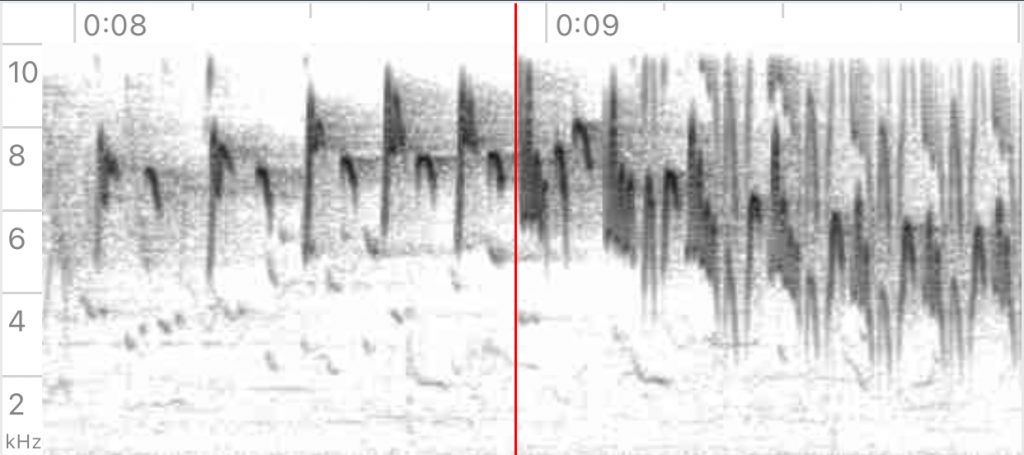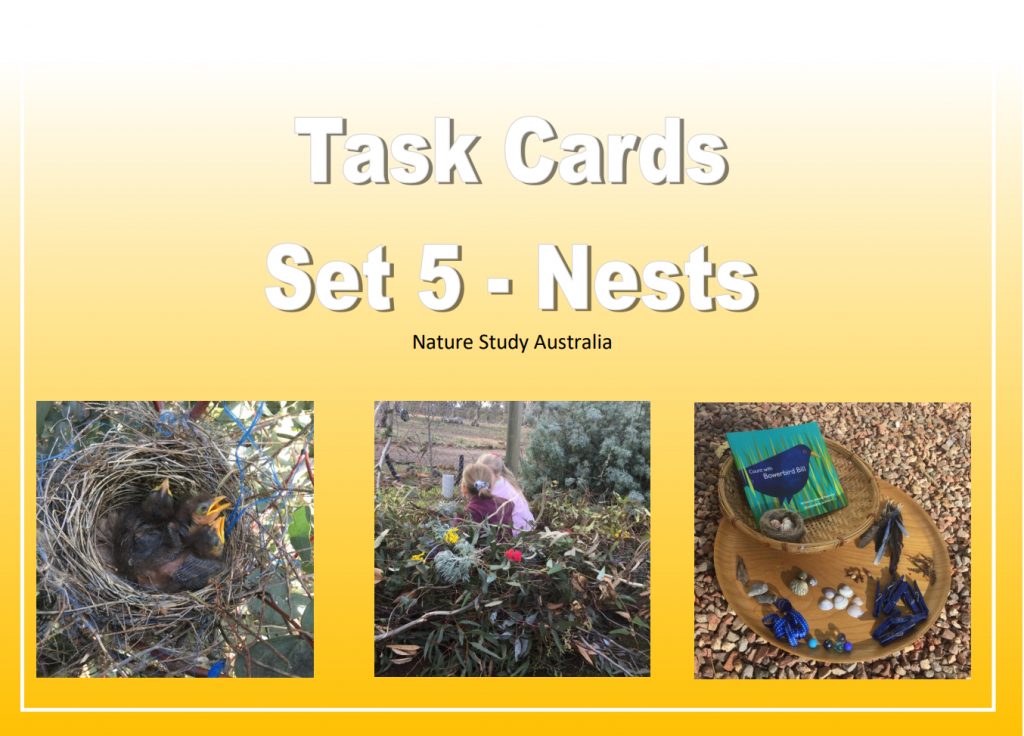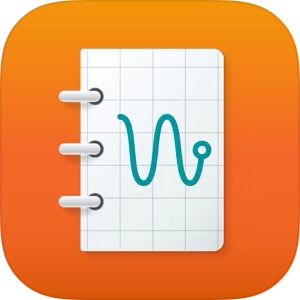Do you know the thrill of identifying bird songs you recognize or the frustration of not being able to tell who is who in the jumble of sounds birds make? As a Birder, knowing the songs of birds will give you a new appreciation for the species and the place in which you live. You’ll be able to tell who is holding territory, and when the boundary is crossed. You’ll know the difference in a song from mating season to feeding and caring for fledglings and beyond. You’ll notice when they are singing alone, as a group, or calling.

One way to learn bird songs is to listen to recordings of birds you are familiar with such as a Fairywren perhaps. Bird song recordings can be accessed at eBird Explore. Simply type in the species name in the search bar and you’ll have access to audio and video recordings of the bird. Go HERE to look, click on the green LISTEN button and you’ll have options to listen to duets, calls, and songs.
On this page you will find:
- Photographs that will help you with field identification markers.
- Videos where you’ll be able to watch and learn their behaviour.
- Identification notes with useful information.
- A Range Map to see the areas the bird frequents.
Once you are familiar with the bird songs and calls of a species, use mnemonics to remember them. Mnemonics are phrases that string together syllables and notes of a bird song so that you will remember its rhythm, pitch, and tempo. Foraging Superb Fairywren parties will keep in contact with a weak, but sharp ‘trrrit’ or a plaintive ‘treeee’ from those falling behind. When alarmed they’ll trill ‘terrrrit!’ Some bird identification guides include mnemonics to describe bird calls.
Below is a video showing examples of bird mnemonics. The birds are American, but the examples are there to inspire you to create your own mnemonics. Then why not learn to whistle the bird calls too?
It’s important to stay tuned into habitat clues when identifying birds by song. Some bird songs may sound familiar to one another, but knowing the habitat and areas they frequent will help to eliminate unlikely candidates.

Visualiaising song patterns may help commit bird song patterns to memory. When you clicked the LISTEN button on the eBird Explore website for the Superb Fairywren, you saw a spectrogram of the bird’s song and calls. Watch the spectrogram again, this time noticing the pattern of the song. Pay attention to high and low pitches and notice how much darker the spectrogram becomes the louder the song. Spectrograms allow us to see the sound and they stimulate the visual parts of our brain enabling us to commit song patterns to memory.

Below is a video explaining how to read spectrograms.
Perhaps you’d be interested in downloading the Arduino Science Journal App onto your smart device. It may become your pocket science lab. It’ll help you to observe and collect sensor data like sounds and you’ll have a place to jot down your notes. You’ll be able to see the spectrogram of the sound you recorded and the key of the sound. How awesome is that?
Play the Bird Song Hero game to practice hearing and reading bird songs. The birds are American but the exercise is beneficial to practice this skill.
So how do we describe bird songs? In order to do this, we need a sound vocabulary to understand and explain the sounds we hear. Some sound words are:
- Tempo describes the speed or pace of notes. Is the song fast or slow?
- Pitch describes the frequency of the notes. Are the notes low, high or both?
- Volume descibes how loud or soft a song may be. Some birds begin a song softly and the volume gradually builds to a crescendo.
- Rhythem describes the pattern or arrangement of the song. Note how the notes and pauses change through the song. Count the low notes, then count the high notes. Are there short and long notes? Is the song fast and choppy or slow and leisurely?
- Repetition describes notes that are repeated in a pattern.
- Trills are a series of notes that are repeated too fast to count at the same pitch.
- Tone Quality describes the tone of the song. Is the song clear, hoarse, harsh or sweet? Have fun describing tone quality. How many tone discriptions can you think of?
Add these 3 Part Cards to your ‘talking bird toolbox’ as you learn and remember bird song vocabulary.
Our ‘talking bird toolbox’ is not complete without knowing the birds who sing, and those who don’t. Singing birds are known as passerines. Some passerines sing a variety of complex songs and others are more simple knowing one song.
We also need to know the difference between a song and a call. Songs are more complex, long, and loud. The song may have a different meaning depending on where the bird is singing from within its territory. Take note if the bird is singing on the boundary of a territory warning trespassers, or is it singing from an open perch hoping to attract a partner? Calls are short and simple, used to call offspring or warn others of impending danger.
NOTE: Keep in mind when traveling that some birds of the same species may have different dialects of the same song.
Take a walk, talk bird and map sounds!
Dawn is the best time to hear bird songs. Just when it is light enough to see, birds will begin singing their songs, calling to their buddies, or warning trespassers off like the morning song of a Kookaburra.
Listen to ‘A Morning in the Australian Bush.’ This is known as a soundscape. A soundscape is a variety of sounds captured in one place.
Download the Forest Karaoke: Transcribing Birdsong activity, or download the Soundscape Map activity. Practice mapping sounds with the above video using these activities, then go on your own soundscape adventure.
Or watch this ‘Make a Sound Map’ video so you can create your own sound map on your walk or use the above video to make an indoor soundscape.
Learn more about ‘talking bird’ with Morgan. Then go birding for bird songs yourself. Make mnemonics, whistle the tune, and then search for the bird’s spectrogram on the eBird Explore website to see its sound patterns. Include a picture of the spectrogram and your mnemonic phrase for the bird songs you encounter into your nature journal.
Use this Mnemonic Comic Bird Song activity page below to record the bird songs you encountered on your walk.
Share your soundscape adventures and maps with me at Nature Science for Aussie Families on FB or Instagram at nature_study_australia.
You may be interested in:

